The Green Heron
Welcome to my webpage about the quirky yet lovable green heron! This small and stealthy heron can be found in much of the United States during the summer months, yet many people have never seen or even heard of it! Learn about the very fascinating and unique qualities that make the green heron such a successful hunter, hider, and escape artist by checking out the rest of my site.
This page is part of a larger project, so to check out lots of other
great organisms, go to
MultipleOrganisms.net!
Classification Information for Butorides virescens:
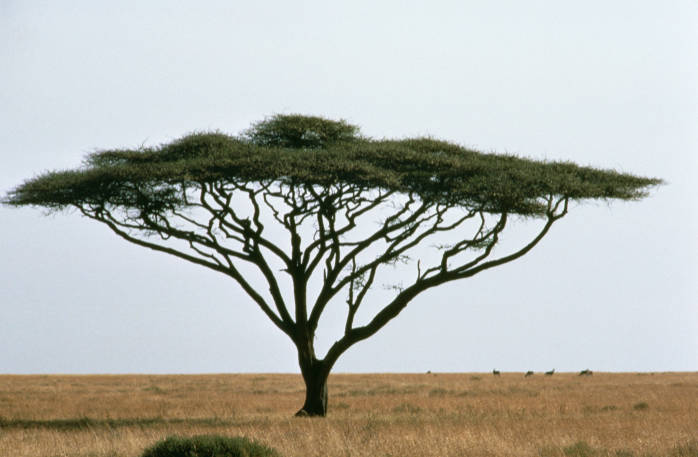
Domain: Eukarya
- All organisms with eukaryotic cells (cells with
membrane bound organelles) fall in this domain.
Kingdom: Animalia
- All animals are multicellular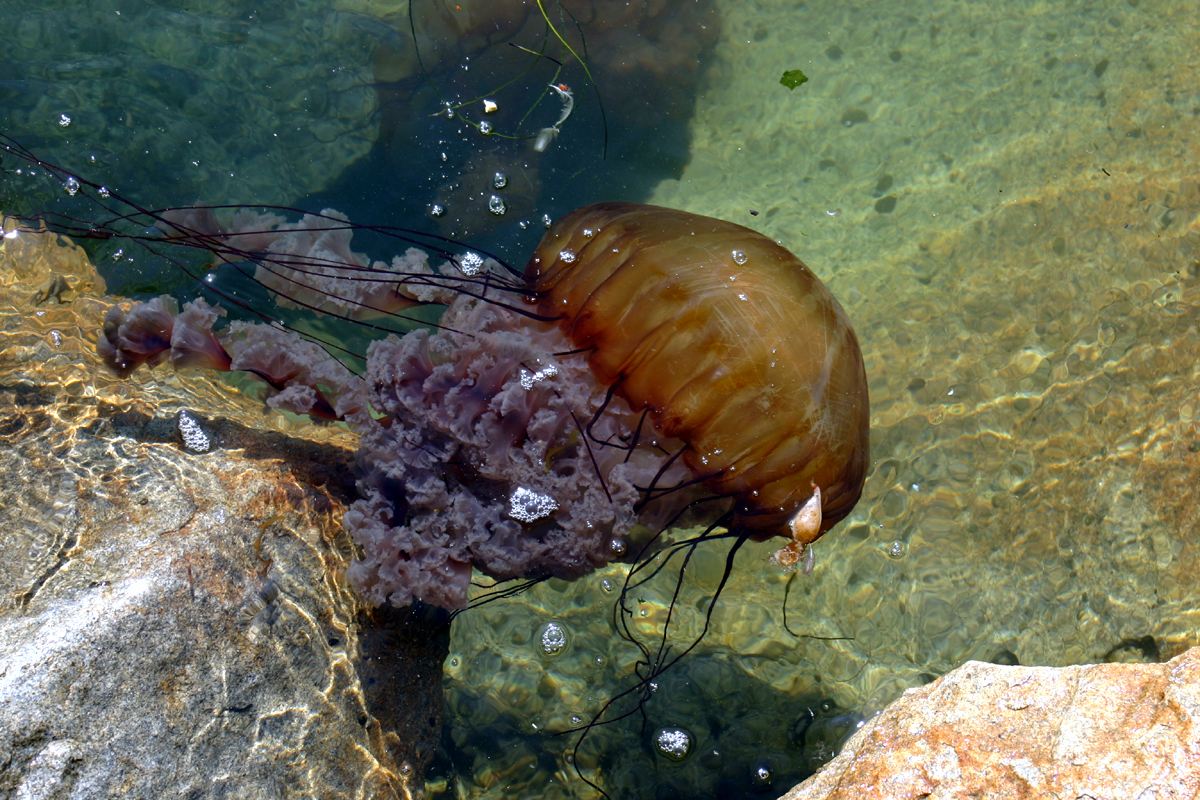
heterotrophic organisms
that lack cell walls. Animals require oxygen and produce carbon
dioxide through cellular respiration and the decomposition of their
food. Most animals also have specialized ways of obtaining food, since
they can’t produce their own like plants do. Some examples of such
adaptations include muscle cells used for locomotion, nervous systems
with sensory organs, and an alimentary canal or digestive tract.
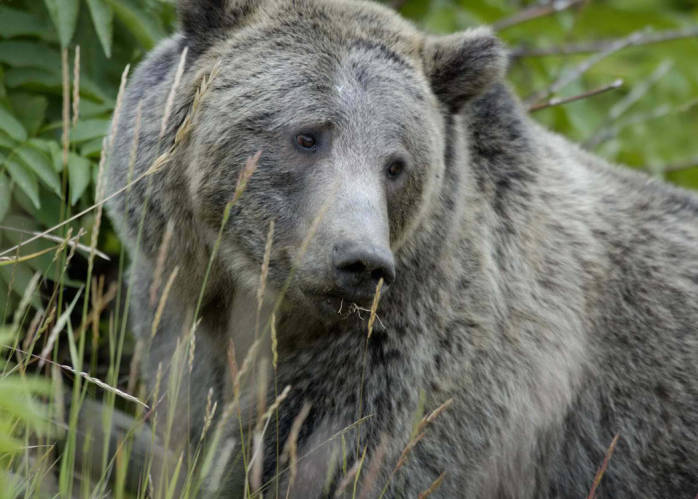
Phylum: Chordata
- Most animals in this phylum are vertebrates, like
Butoride virescens, and all have a notochord as their chief structural
support at some stage in their development. These animals also have a
tubular nerve cord (or spinal cord), pharyngeal slits or clefts, and a
muscular post-anal tail at some point in their development.
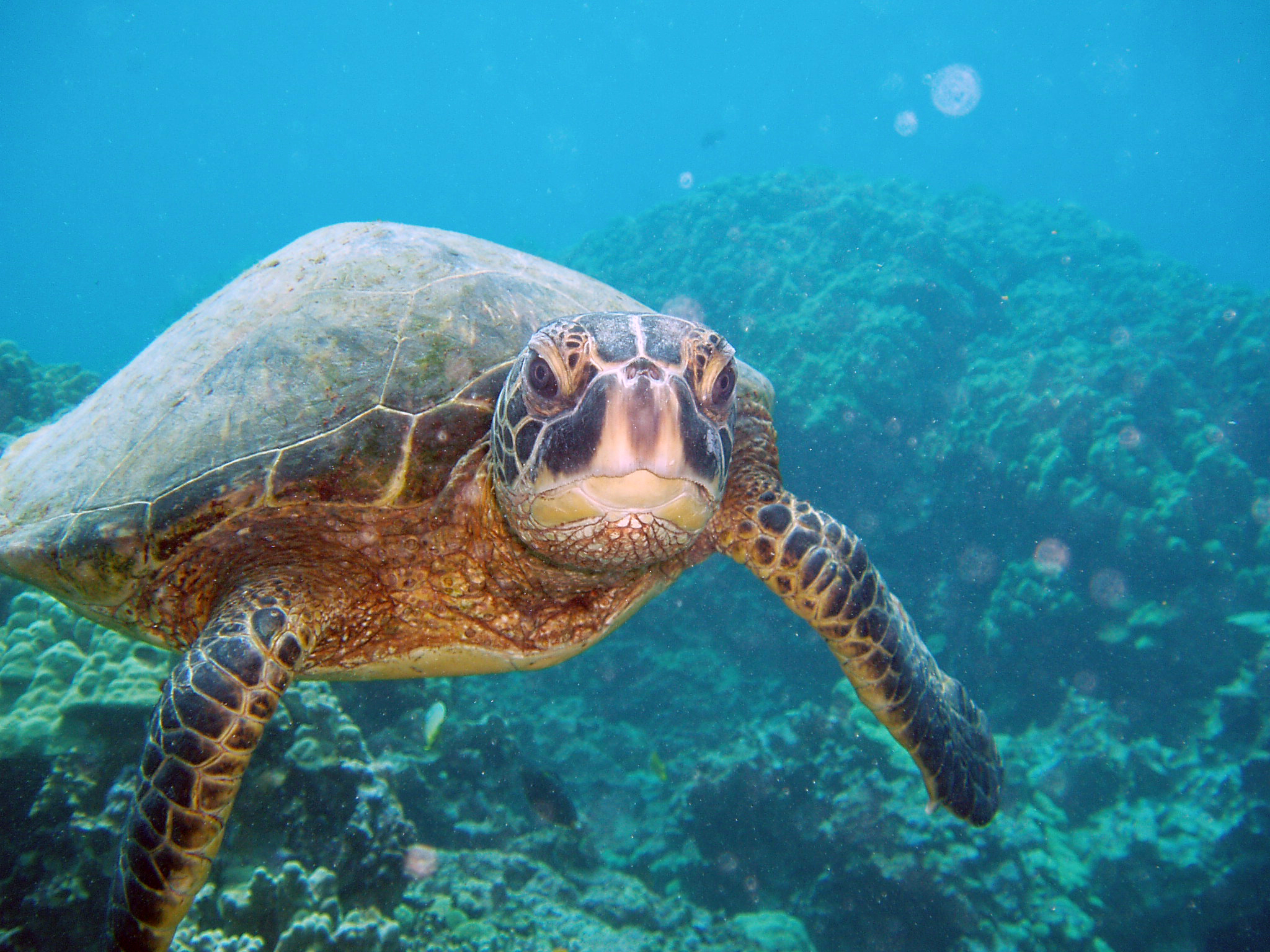 Class: Reptilia (Aves)
- Birds are reptiles! They have been classified because
evidence has shown a very close evolutionary history between Reptilia
and (formally) Aves. In fact, alligators and crocodiles are more closely
related to birds than they are other reptiles. An article recently
published in Science demonstrated that air flows in one direction as it
loops through the lungs of alligators, just as it does in birds. This
breathing method may have helped the dinosaurs' ancestors dominate Earth
after the planet's worst mass extinction 251 million years ago. Aside
from the similarities in lungs and breathing, birds have also been
placed
Class: Reptilia (Aves)
- Birds are reptiles! They have been classified because
evidence has shown a very close evolutionary history between Reptilia
and (formally) Aves. In fact, alligators and crocodiles are more closely
related to birds than they are other reptiles. An article recently
published in Science demonstrated that air flows in one direction as it
loops through the lungs of alligators, just as it does in birds. This
breathing method may have helped the dinosaurs' ancestors dominate Earth
after the planet's worst mass extinction 251 million years ago. Aside
from the similarities in lungs and breathing, birds have also been
placed
in Reptilia because they have modified scales (feathers) and
lay
eggs with a hard desiccation- proof shell.
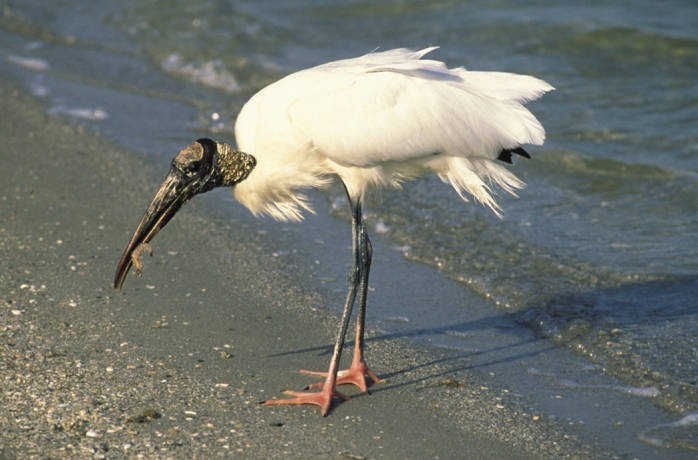
Order: Ciconiiformes
- This class includes medium to large wading birds, including
storks, herons, ibises, and spoonbills. These birds have
become well adapted to wading in shallow water with their long legs, and
many also have specialized bills and pectinate toes.
.jpg)
Family:
Ardeidae
- Herons, egrets, bitterns, and relatives belong to this
group.
Characteristic of this family are their long legs, long necks, and
spear-like bills. They also have long toes, with the middle being
pectinate. To a phylogenetic tree that incorporates 15 different birds
from this family
click
here.
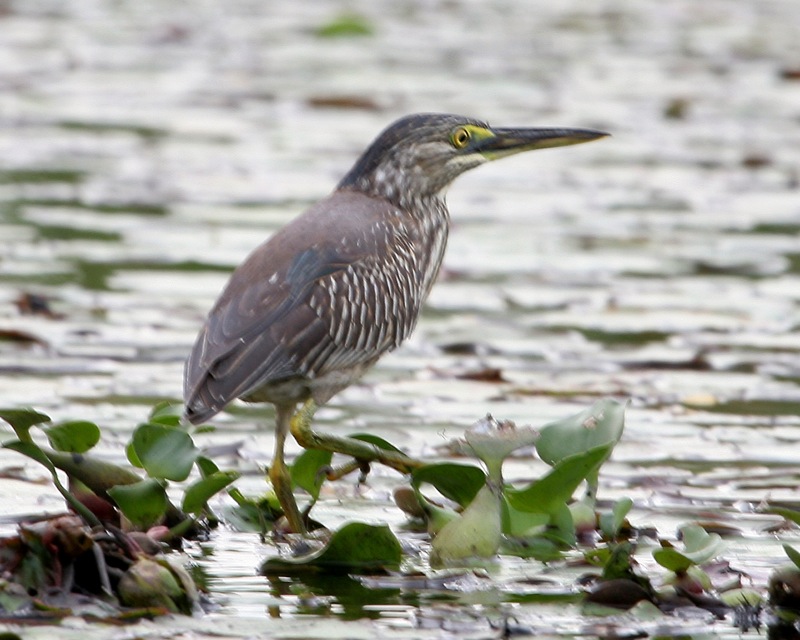
Genus: Butorides
- This is the genus for small herons that nest on
platforms of reeds or twigs and have a loud, booming call. They are also
known to and stand still at the water's edge and wait to ambush prey. Butorides
herons mainly eat small fish, frogs and aquatic insects. They sometimes
drop food on the water's surface to attract fish.
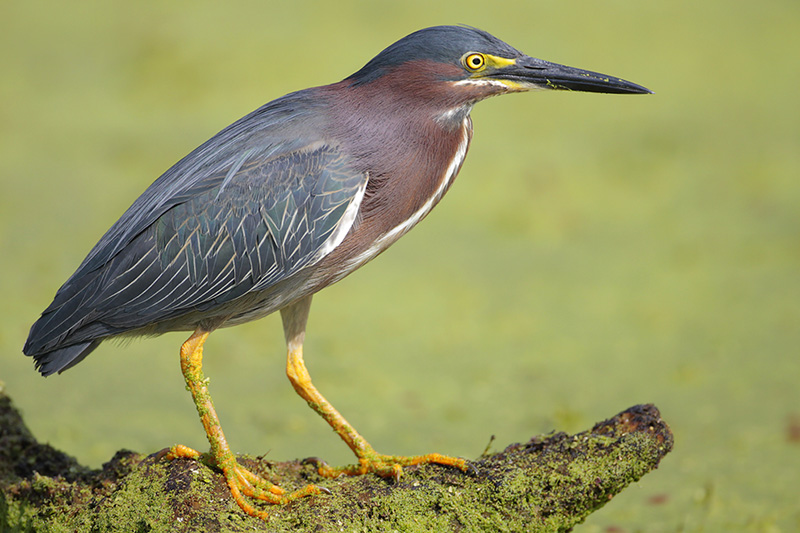
Species:
Butorides virescens -
The Green Heron! click on the navigation bars to learn much more!
